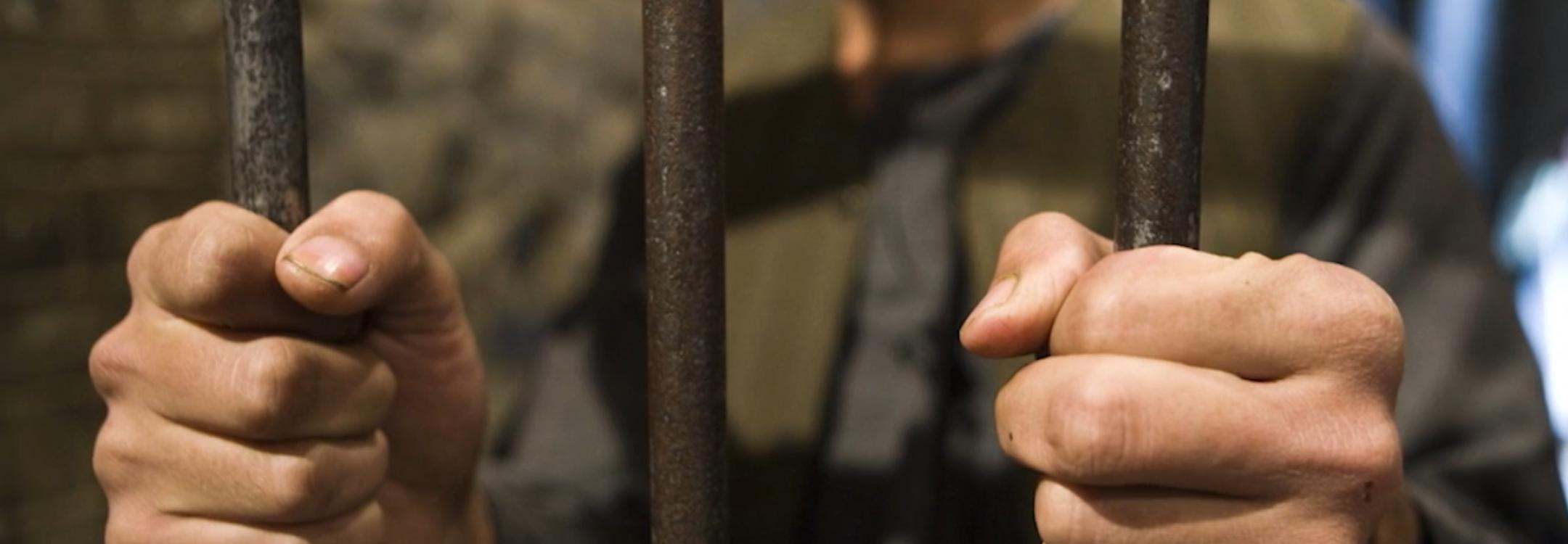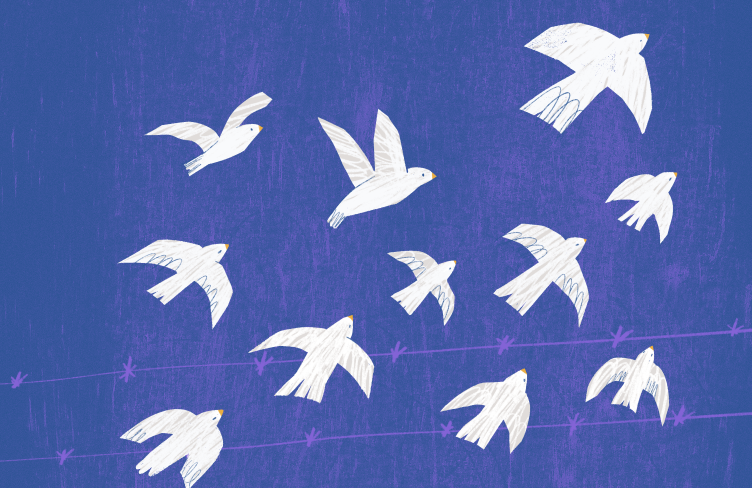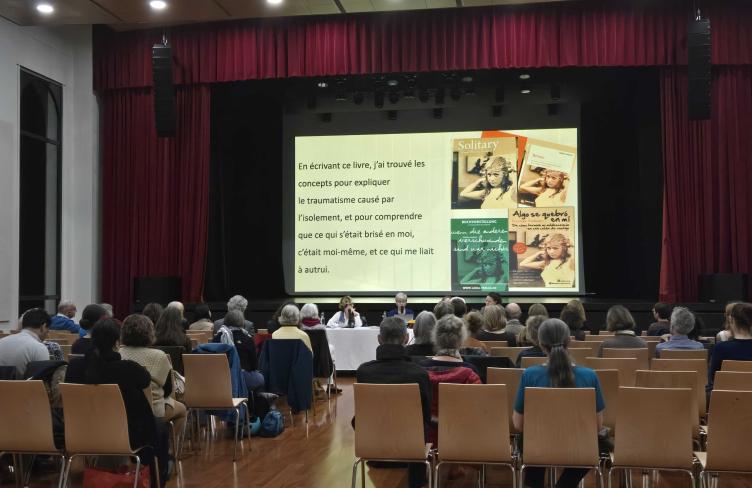
- Solitary confinement is a particularly painful experience for women.
- Women, disproportionately those of racial minorities, are routinely isolated.
- Questions of both gender and racial discrimination need to be urgently explored.
Sharon Shalev, Research Associate at the Centre for Criminology at Oxford University and a detention monitor
Anyone who has worked with women in prison will tell you that the ‘pains of imprisonment’ are felt even more acutely by women than they are by men. Nowhere is this more apparent than in solitary confinement units, where a person is locked up in their cell for 22-24 hours a day. The harsh environment, limited access to meaningful human contact and companionship, and the increased restrictions on contact with their children and wider family, are particularly tough for women. Solitary confinement hurts.
Some of the documented mental health harms of solitary confinement include anxiety, panic attacks, depression, hopelessness, anger, poor impulse control, cognitive disturbances, perceptual distortions, paranoia, psychosis, and a significantly increased risk of self-harm and suicide.
The longer the solitary confinement lasts, the more likely it is for ill effects to emerge. This is reflected in the requirement in the revised UN Standard Minimum Rules for the Treatment of Prisoners (‘Mandela Rules’) for solitary confinement to only be used in exceptional cases as last resort, and never indefinitely or for longer than 14 days (Rule 43).
The particular vulnerability of women is addressed in Bangkok Rule 22, which prohibits the use of solitary confinement for pregnant women, women with infants and breastfeeding mothers in prison. Bangkok Rule 23 adds a requirement for disciplinary sanctions - including solitary confinement - for women prisoners to ‘not include a prohibition of family contact, especially with children’.
And yet women are routinely held in solitary confinement units and cells around the world, sometimes for very long periods. In New Zealand, my 2020 report for the Human Rights Commission revealed that women were segregated at almost double the rate of men: 255 instances per every 100 women prisoners, compared to 147 instances per every 100 men in 2019.
Māori women, in particular, were disproportionally isolated, accounting for a staggering 78% of all segregations in a Management Unit, the most restricted environment. Māori women were also segregated for longer, accounting for 68% of all segregations of longer than 15 days, the limit set by the Mandela Rules. Seventy-five segregation stays (some involving the same women) in 2019 lasted longer than 15 days. Eleven lasted longer than three months. The reasons for segregating women included minor incidents, for example, throwing orange peel at staff, throwing a jacket at staff, and ‘throwing punches which did not connect’, which were classified as assaults and treated as such, resulting in long stays in extreme conditions.
Similar findings of long segregations of women – disproportionately involving First Nations women and women of colour – have been made in Canada, the United States and Australia.
Women in prison often have multiple and complex histories and needs. Many have children. One study from New Zealand reported that 52% of women in prison had Post Traumatic Stress Disorder, 75% had diagnosed mental health issues, and 62% had co-morbid mental health and substance disorders across their lifetime. Two thirds had been victims of family violence, rape and/or sexual assault.
Most experience solitary confinement as a deeply traumatising, often re-traumatising, experience. Self-harm is commonplace among women in solitary confinement. It does not require much of a leap to work out the potential effects of placing a traumatised person in traumatising conditions.
The consequences of segregating women are predictable. Added to the high rates of mental health problems, self-harm and even suicide are the wider implications for the children and families of these women (in New Zealand, 87% of women in prison are mothers) brought about by the reduced contact through telephone calls and visits.
Rather than ‘doing no harm’, the segregation of women feeds into the cycle of harm which many have experienced throughout their lives.
This is not inevitable. Some jurisdictions do not segregate women at all, and some segregate very few. In Ireland, for example, in the six years between January 2014 and January 2020, only eight women were held in solitary confinement.
Rather than segregating women because they are seen as challenging or ‘loud’, more work needs to be done to understand their needs and challenges. Body work, yoga, meditation, gardening, occupational therapy and a variety of sensory tools are all helpful in reducing the stress of imprisonment. When things go wrong, trauma informed practices, de-escalation and conflict resolution work better than punishment.
Solitary confinement is particularly harmful to women. Its widespread use should cease.
Sharon Shalev is Research Associate at the Centre for Criminology at Oxford University and a detention monitor. Sharon’s key research interest is the use of solitary confinement and other restrictive practices in prisons and other places of detention across the world. She is also an independent consultant on prison conditions, human rights and the use and consequences of solitary confinement. Sharon runs the website solitaryconfinement.org and tweets from @solitary_org.


